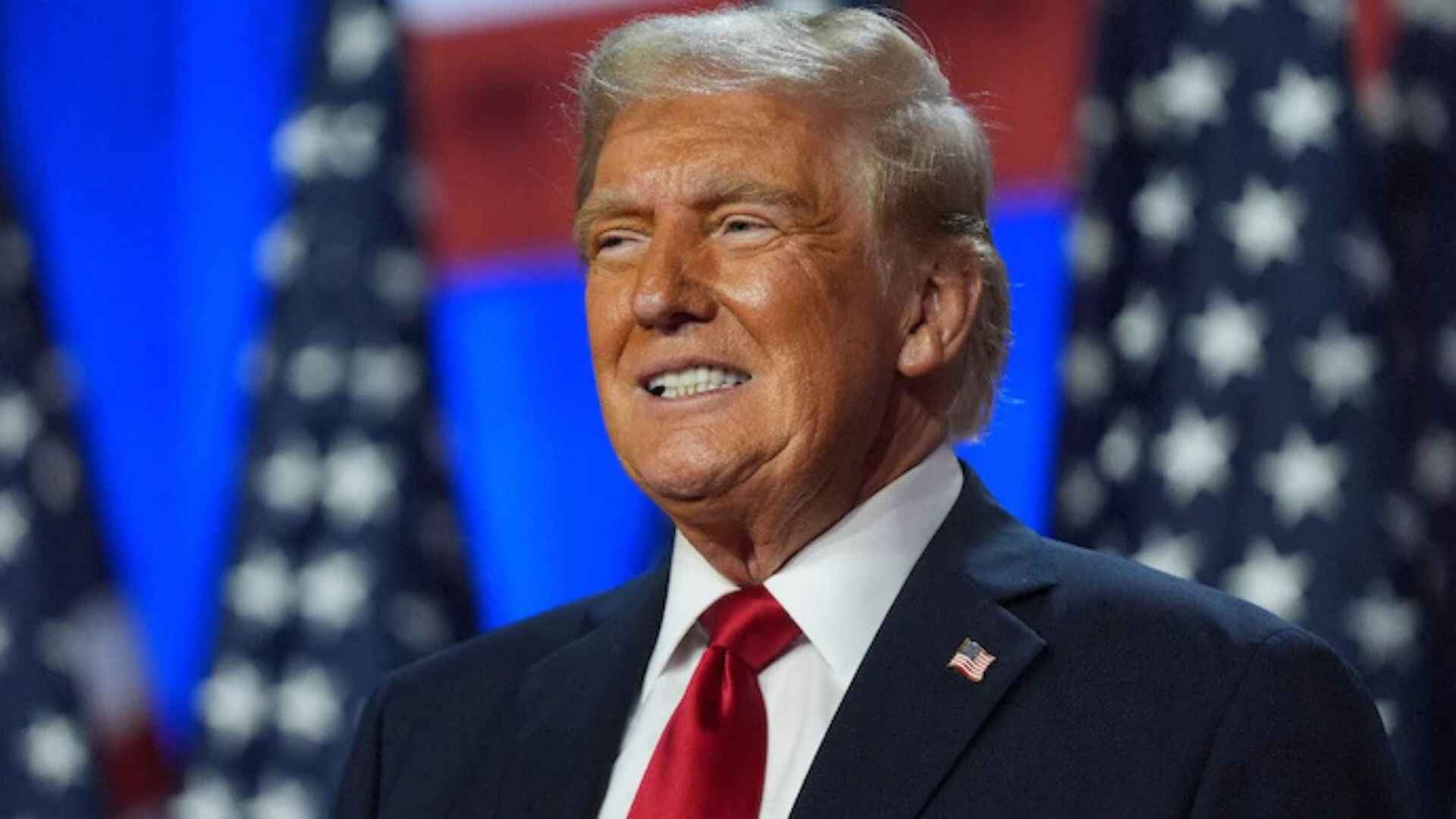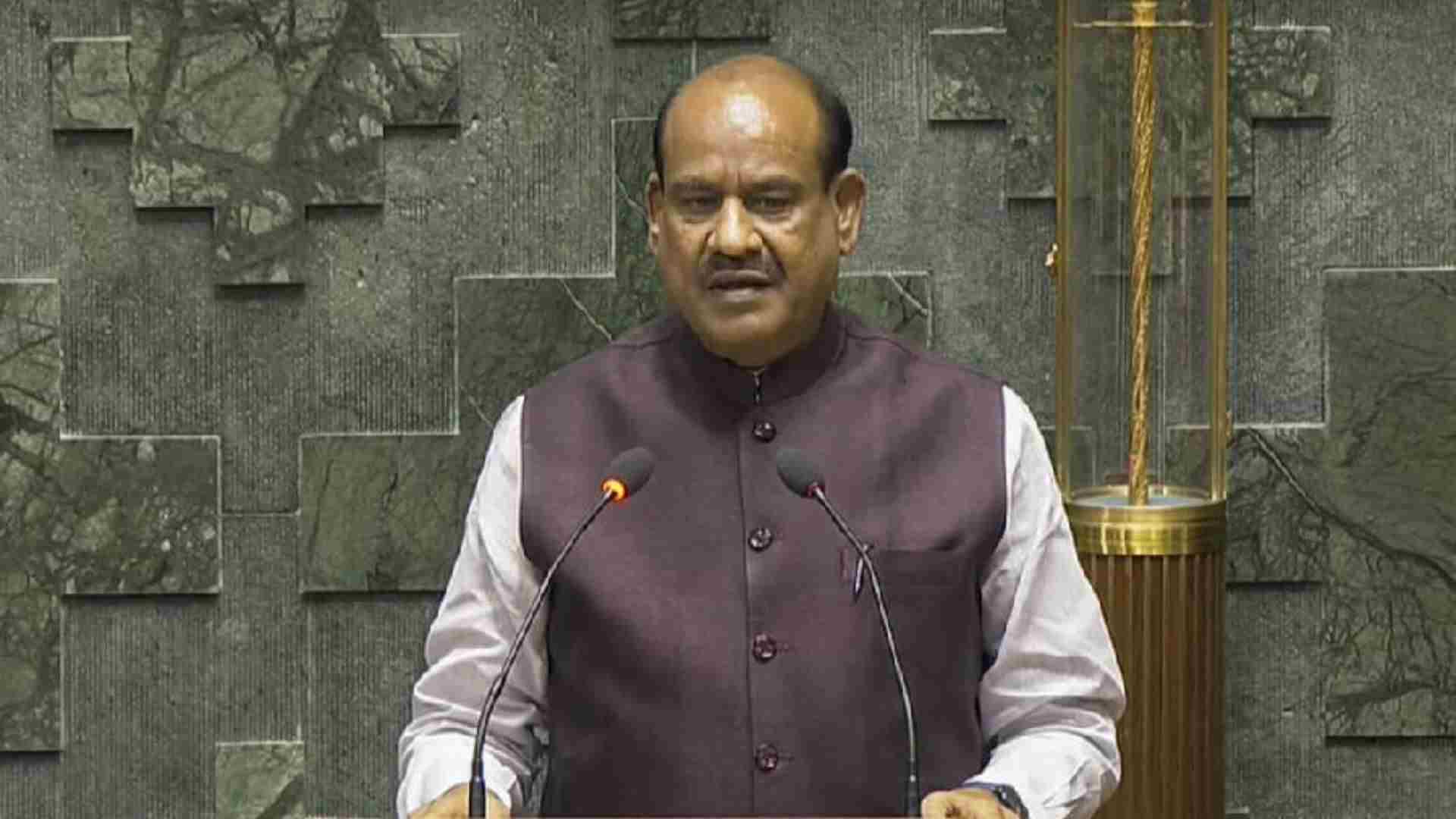Food, beverage, and tobacco spending is within 10-15%, and spending on health and wellness is between 5-10%.
The Reserve Bank of India in its release for February 2024, reveals a notable growth in credit card transactions along with a 34% higher year-on-year figure in volume and a 25% rise in value 7% rise in value.
Interestingly, the outstanding credit card numbers have gained 10-crore figures, taking up to 26% of the population.
The fact that up to 6% of personal loans are a result of credit card transactions shows a crucial connection as well as a rising influence of the financial types of credit in the Indian market.
The escalating trend of credit card expenditure in India highlights a growing reliance on plastic money among the youth, raising questions about its implications for financial freedom and potential debt. In the financial year 2020, credit card spending stood at 7.30 trillion INR. This figure saw a dip to 6.30 trillion INR in 2021, likely influenced by the economic disruptions of the pandemic. However, subsequent years have shown a dramatic increase: 9.71 trillion INR in 2022, 14.30 trillion INR in 2023, and a staggering 18.30 trillion INR so far in 2024. This surge reflects an increasing comfort with credit usage, driven by consumer confidence, the convenience of cashless transactions, and aggressive credit card marketing.
While this trend signals enhanced purchasing power and financial inclusion, it also raises concerns about the risk of accumulating debt, especially among younger demographics who might be enticed by the short-term benefits without fully understanding the long-term financial commitments.
According to the present trends of credit cards among the youth group, there is a variation in their spending pattern across several sectors. Food, beverage, and tobacco spending is within 10-15%, and spending on health and wellness is between 5-10%. On average, groceries comprise their spending between 12 and 17%, while retail shopping constitutes 25 and 30% more. Also, fuel costs contribute to their credit card expenses, which constitute 10-15 percent. These patterns focus on youth and shed light on their importance as being key players in the consumer market.
Analysing the expenditure patterns of credit card holders reveals significant insights into consumer behavior and broader economic trends. With regard to the spending on food and beverages, which constitutes between 10% and 15% of total expenditure, these costs are also considered necessary. This category is further fueled by the need to feed oneself, the rate at which people are turning to eating out due to tight schedules, and the use of takeaway and delivery services. Medical and wellness expenses, which form 5-10% of the total, can be attributed to increased consciousness about disease prevention, self-care, and fitness, as well as higher medical requirements as a result of an aging population. This encompasses expenditures such as medical bills, fitness subscriptions, and wellness products, among others. Grocery expenses make up 12-17% of total spending and reflect people’s focus on necessity purchases and the desire to cook at home. The growth of online groceries also shows a social change of people preferring convenience and the ability to save time. Retail shopping, the biggest expenditure at 25-30%, involves the consumption of goods including clothing, electronics, and household goods. This category is affected by lifestyle and leisure and is found to be relatively higher during sales, holidays, and other occasions. The rise of e-commerce adds more evidence on how digital transformation affects consumer expenditure patterns. Transportation costs, which account for 10-15% of costs, indicate recurring travel needs and vehicle maintenance. This category also illustrates the effects of increasing fuel prices.







